1870 Milk Paint Formula
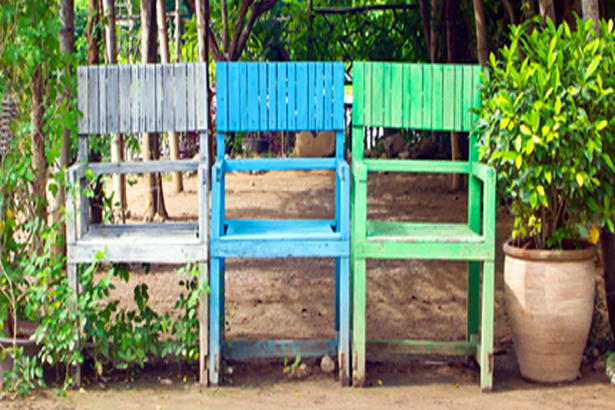
What is milk paint?
Before commercially prepared paint was available, paint was made at home based on formulas handed down from generation to generation. Milk paint was made from old curdled milk or cottage cheese, lime and earth pigment for color.
1870 Milk Paint Formula
* 1 Quart skim milk (room temperature)
* 1 Once of hydrated lime by weight (Available at building centers. Do not use quick lime, as it will react with the water and heat up. Hydrated lime has been soaked in water then dried.)
* 1 to 2 1/2 pounds of chalk may also be added as a filler.
Stir in enough skim milk to hydrated lime to make a cream. Add balance of skim milk. Now add sufficient amount of powder pigment to desired color and consistency (Pigment powder must be limeproof). Stir in well for a few minutes before using. For best results continue to stir throughout use.
Apply milk paint with a cheap natural bristle brush. Allow project to dry sufficiently before applying next coat.
Extra paint may be kept for several days in the refrigerator, until the milk sours.
Double or triple the recipe for paint. Allow to dry thoroughly 3-4 hours before use. For extra protection, give paint a coat of oil finish or sealer. Color may change – test in inconspicuous area.
The Author:
Dwayne Siever is an antique craftsman and developer of Real Milk Paint. For milk paint supplies, please visit his website at: realmilkpaint.com
Reprinted with permission.
Photo. © Luckypic


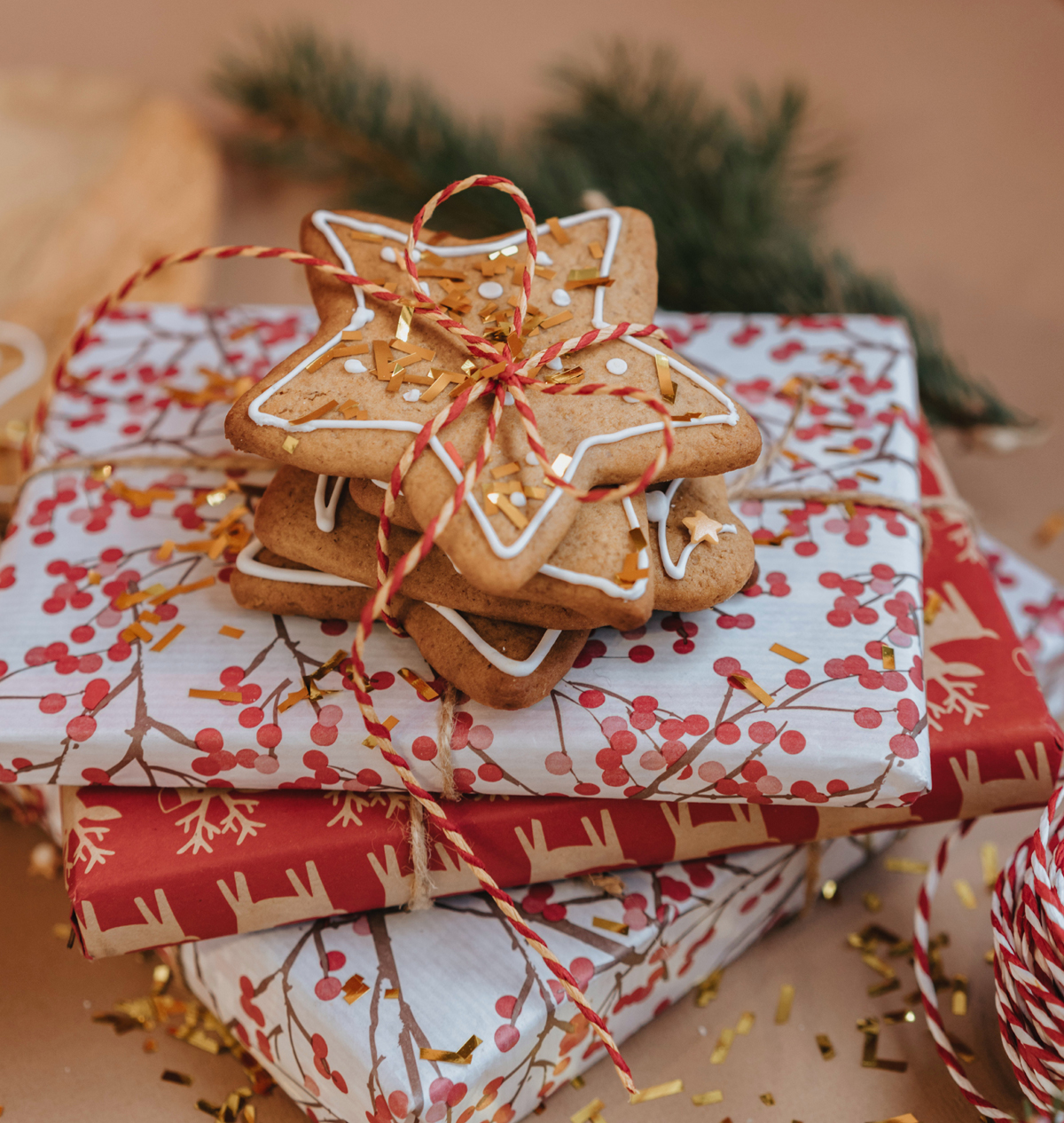
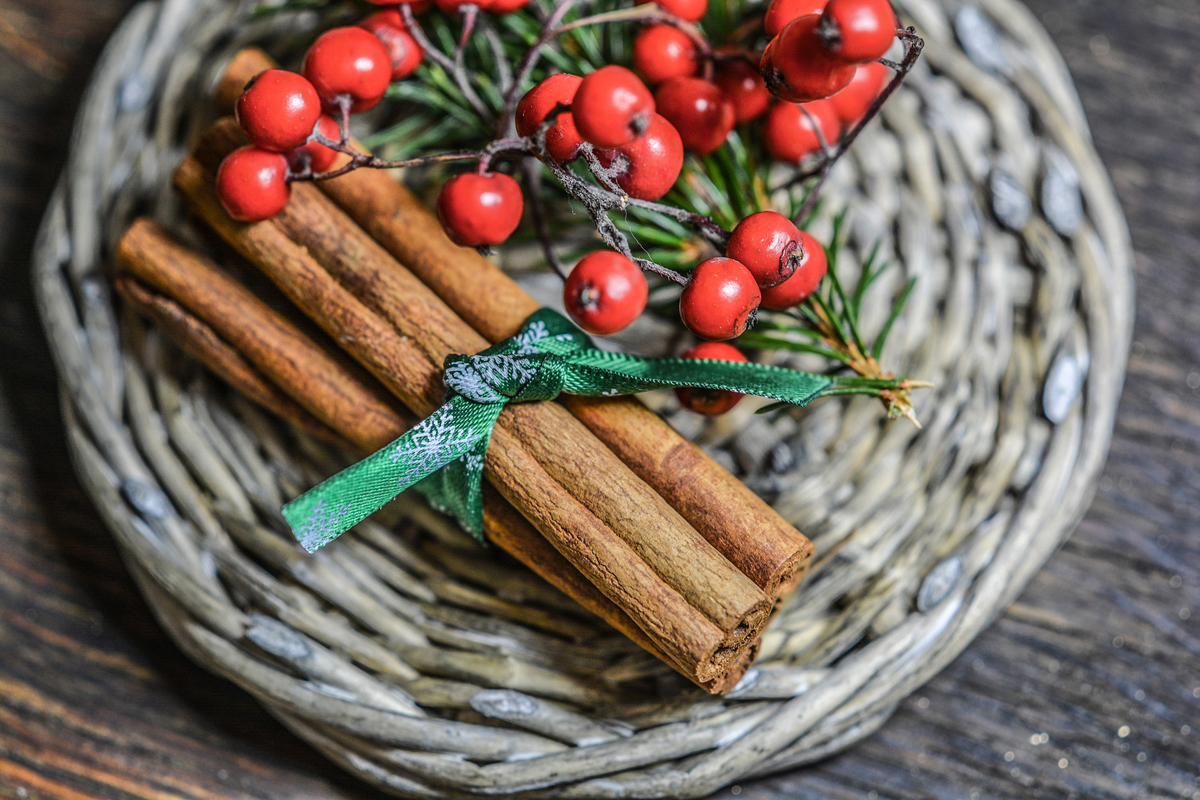
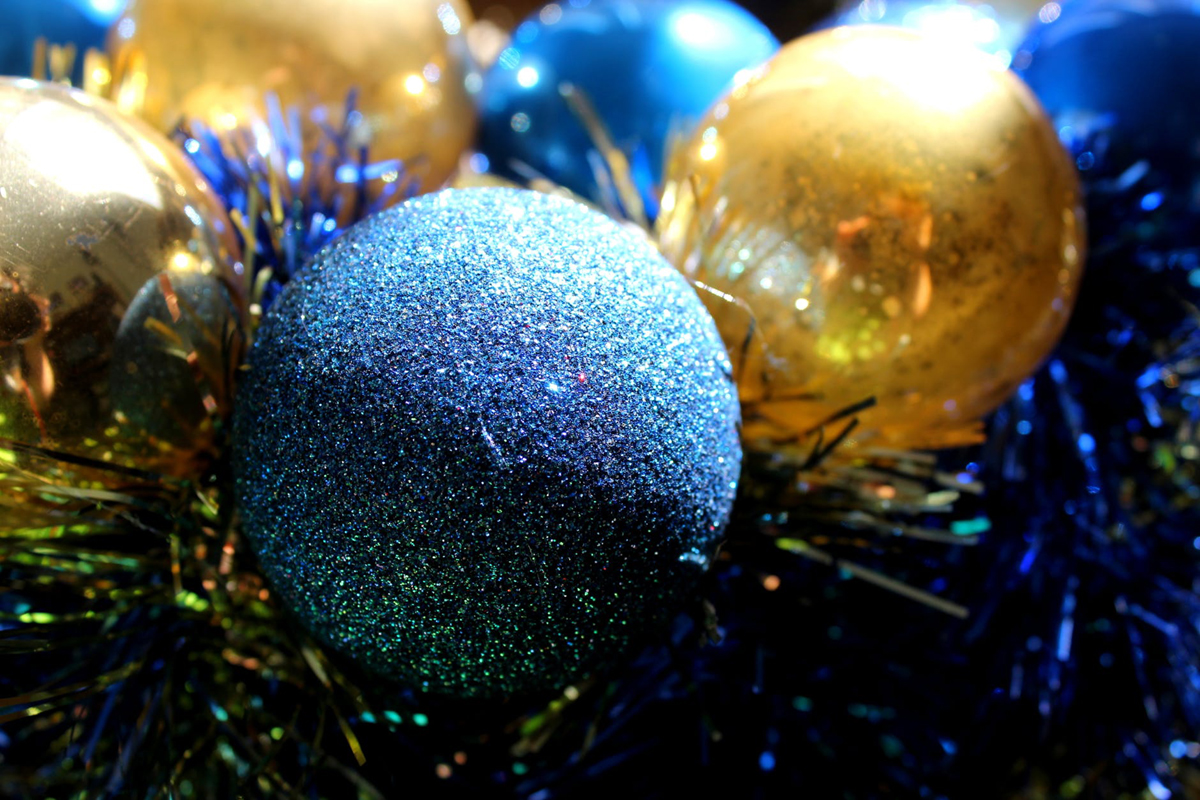
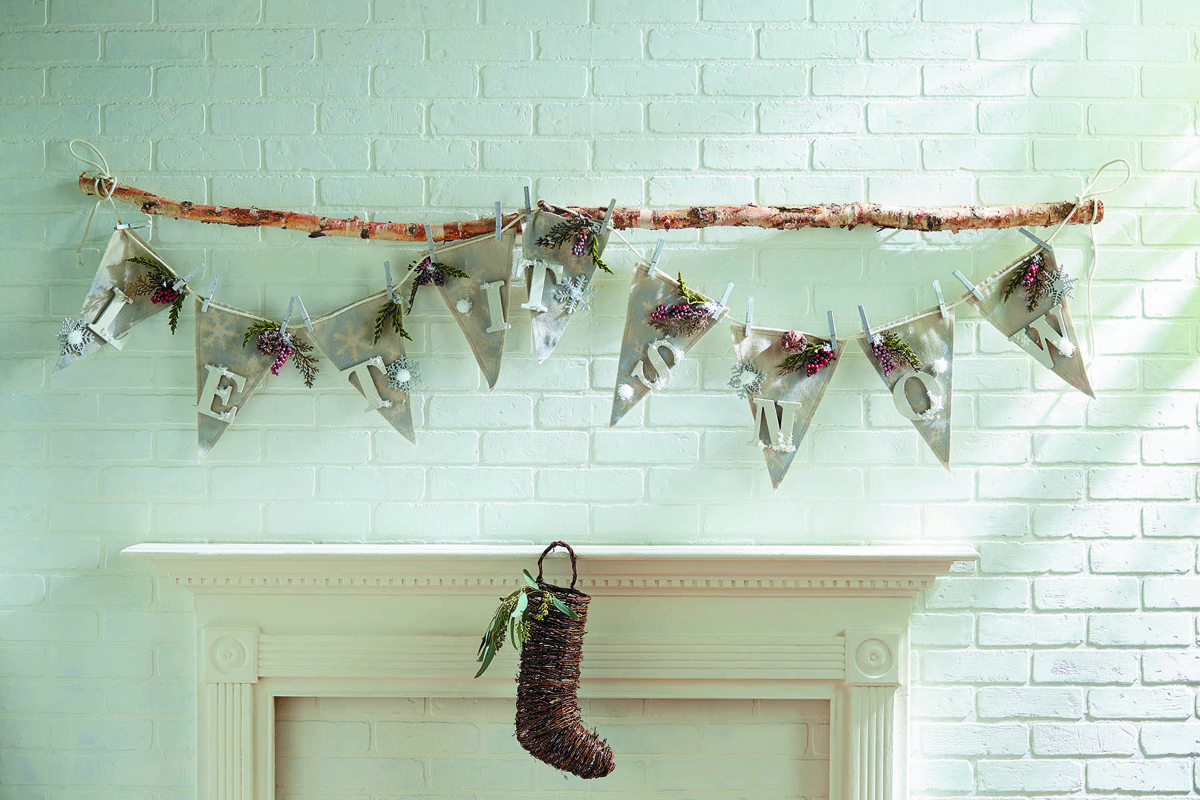
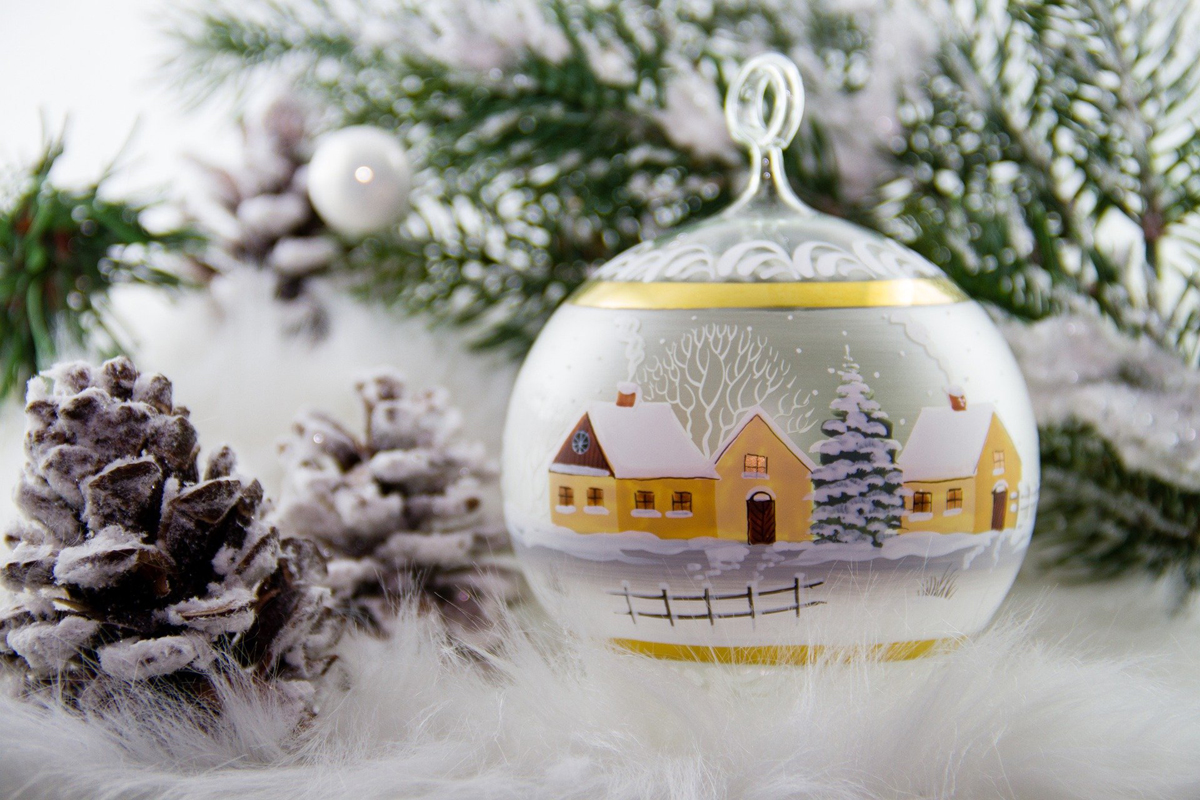

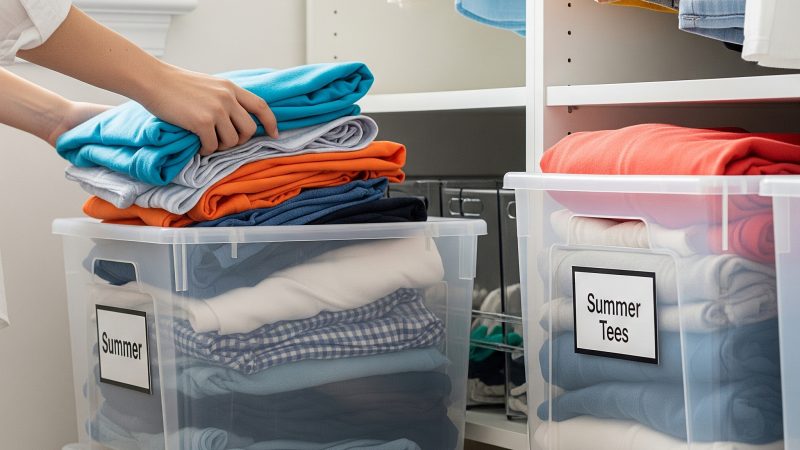
While researching mold in a crawl space. I discovered a lot of interesting blogs and sites describing milk paint. Most interesting was the milk borax paint. One guy used vinegar to kill the mold on wood and says its safer than the chemicals clorox ect. He then painted with the milk borax paint. Claiming this would also stop mold from forming and kill insects. He referred to a city’s, and I didn’t save the information so I don’t remember the name, regulations when repainting a house on the historical registry. He wanted to find out how durable the old time paint was. He checked the records and found houses that were restored thirty years ago and actually went to inspect them. He had recently went to work for the city as the building inspector and was unfamiliar with milk paint. He did not inspect them officially but was curious because it had been so long with out being painted. He expected to see old homes that were restored but then left to deteriorate. To his surprise they were in good shape. By the way I had some rotted plywood in the floor around the handler of my air conditioner. I cleaned out the drip pan and blew out the drain line to the outside. Then replaced the decking around the air handler. Had it inspected and I don’t have any mold. I have had at times serious sinus problems. My wife and son also have had sinus allergies. I plan to remove all the carpet maybe paint the sub-floor with milk, borax paint and paint the walls also. Then replace the carpet with hard wood. The milk borax paint is almost clear. I think I need to add the lime or chalk to make it white and to have a filler for the dye to mix with. Is this doable, will it work, or will I make a big mess. I would like your advice. If you know of recipes for mixing large quantities of paint. Also the dies I have found on line are expensive. These are arts and crafts sites, can I buy larger quantities from a concrete supplier or some place like that. Any advise is appreciated.
Thanks Ron
Hi Ron,
It sounds like you’ve done some great research on milk paint and its potential benefits for preventing mold and killing insects. Using vinegar to clean up the mold and then applying milk borax paint seems like a promising solution.
As for your plan to paint the sub-floor with milk borax paint and the walls with it as well, it can definitely be done. However, keep in mind that milk paint has a more matte finish compared to traditional paints, so it may have a slightly different appearance on your walls and sub-floor.
To make the milk paint white, adding lime or chalk as a filler is a good idea. It will also provide a surface for the dye to adhere to. Just make sure to mix it thoroughly to avoid any clumps or inconsistencies in the paint.
In terms of purchasing large quantities of milk paint and dyes, contacting a concrete supplier or searching for industrial suppliers online might be worth exploring. They usually offer bulk quantities and may have more affordable options compared to craft stores.
As with any DIY project, there is always a chance of making a mess or encountering unexpected challenges. However, if you follow the instructions carefully and take the necessary precautions, you should be able to achieve your desired results.
If possible, it’s always a good idea to consult with professionals in the paint industry or seek advice from experienced DIYers who have worked with milk paint before. They can provide expert guidance and tips based on their own experiences.
Best of luck with your project, and I hope it helps improve the air quality and reduce your family’s sinus problems.